The visual simplicity of Humanscale’s chairs belies the state-of the-art technology that allows them to adjust to every user – hardly a knob or lever required!
The old adage ‘less is more’ certainly rings true for office furniture manufacturer Humanscale. With a firm belief that the highest level of functionality is achieved through simplicity, the company swaps heavy complex mechanisms with the user’s own body weight and laws of physics, to encourage movement and provide the most comfortable chair possible.
Since its inception in 1983, the American company has been leading the way in ergonomic design and offering intuitive furniture that improves the comfort and health of office workers around the world. This has been greatly advanced by collaborating with designers such as Don Chadwick, Todd Bracher and (in earlier times) Niels Diffrient – the mastermind behind its award winning Freedom, Diffrient Smart, Diffrient World and Liberty chairs.
Diffrient once said, “My goal is to design chairs that are so simple to use that the functionality is often invisible to the user,” and this ethos has remained at the company’s core ever since. Indeed, there are now several key ‘invisible’ features that all Humanscale chairs share to ensure superior comfort and ergonomics.
Let’s take a closer look…
Humanscale develops all of its chairs with fewer knobs and levers so they are incredibly easy to use. Every design allows the person sitting to change posture easily without any manual controls, which has the added benefit of ensuring they are always used in a correct, healthy way. Neutral posture mention? We design with fewer knobs and levers and with passive ergonomics in mind. Passive ergonomics is whereby the fit between the environment and the human operator happens automatically without the need for manual adjustment.
Today it need hardly be said that the bulk of our working processes are spent engaging with any one piece of technology – usually desktop computers or laptops. And while this may very well be the case, such posturing is considered ‘forward-working’, and often irresponsibly encourages slouching, hunching and all manner of torsions on our spines.
Humanscale aspires to repositioning our seating arrangements in such instances to instead achieve a ‘neutral posture’:
Humanscale understands that while a soft seat cushion may be comfortable for a short period of time, it becomes very uncomfortable when the user sits on it for many hours and this is not conducive to working! As such, its seat cushions are engineered to be denser than its competitors and the company also pioneered the use of gel in-seat cushions. Because gel doesn’t compress, it supports the sitter’s body and maximises comfort over a long period of time.
With most office chairs, the arms are attached to the seat but this means that when the user leans back or changes posture, they lose this support. Humanscale, however, designs all of its chairs with the arms attached to the back so that when the user moves, the arms move with them and are in a healthy, neutral posture every time.
Instead of traditional tension mechanisms, which can weigh up to <use metric conversion> and be made of up to 40 parts, Humanscale’s task chairs use the laws of physics and the sitter’s own body weight. Its chairs automatically read the weight of the user, allowing the mechanism to provide the perfect recline with the correct tension for every individual. It’s as if the chair was made especially for them!
In addition to being supremely comfortable, Humanscale’s chairs have been designed to look as good in ten years time as they do today. How do they achieve this? First of all, its textiles attach to the cushion without adhesives, which prevents wrinkling over time and is better for the environment. Also, its arm caps feature a separate, foam insert so they won’t tear and its plastics have a texture that prevent scratching. Finally, none of Humanscale’s chair surfaces are painted or treated, so there’s no chipping or scratching, and its textiles exceed 150,000 double rubs in the Wyzenbeek test, which is five times the industry standard!
INDESIGN is on instagram
Follow @indesignlive
A searchable and comprehensive guide for specifying leading products and their suppliers
Keep up to date with the latest and greatest from our industry BFF's!
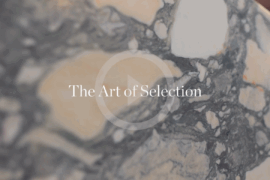
CDK Stone’s Natasha Stengos takes us through its Alexandria Selection Centre, where stone choice becomes a sensory experience – from curated spaces, crafted details and a colour-organised selection floor.

The undeniable thread connecting Herman Miller and Knoll’s design legacies across the decades now finds its profound physical embodiment at MillerKnoll’s new Design Yard Archives.
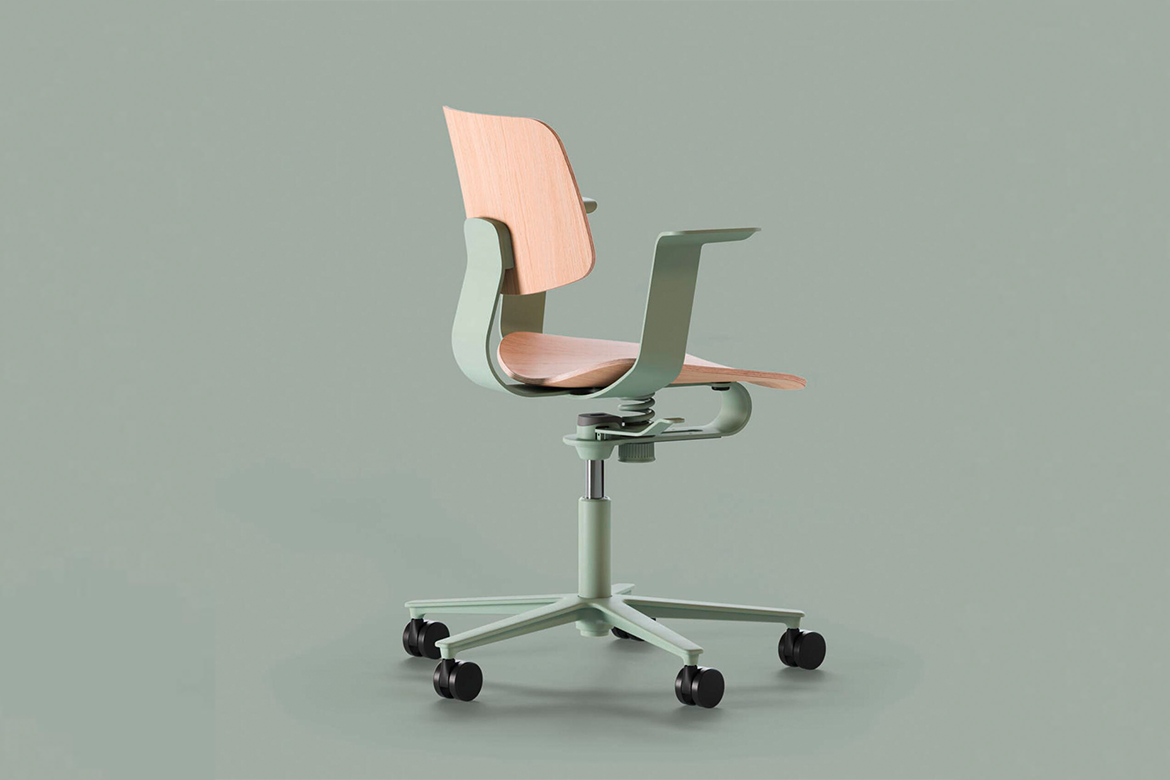
True sustainability doesn’t have to be complicated. As Wilkhahn demonstrate with their newest commercial furniture range.
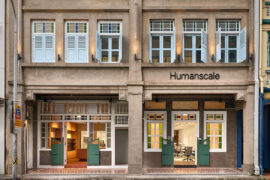
Humanscale’s new showroom is about the modern workplace, with ergonomic excellence, sustainable design and architectural heritage in Singapore.

Humanscale’s Chief Sustainability Officer is embarking on a tour of Australia, delivering a talk entitled: “Sustainable by Design: Materials Transparency for a Healthier Planet.” At the same time, the company opens a brand new showroom in Sydney. We met her to find out more.

Winner of the 2025 RedDot Design Awards, the newly relaunched Flo monitor arm by Colebrook Bosson Saunders (CBS) brings refined ergonomics and effortless movement to the forefront of modern workspaces – proving that comfort and performance start at the desk.
The internet never sleeps! Here's the stuff you might have missed
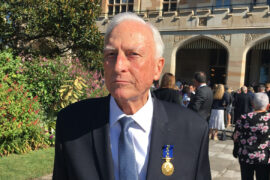
The Australian marketing and advertising community is mourning the loss of Murray Robert Pope, a distinguished marketing strategist and community leader who passed away peacefully at his home on October 20th, 2025.

For a closer look behind the creative process, watch this video interview with Sebastian Nash, where he explores the making of King Living’s textile range – from fibre choices to design intent.
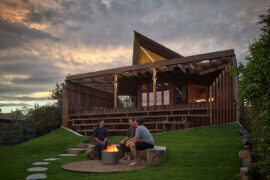
Recognised as a winner at the INDE.Awards 2025, Barton Taylor has received The Photographer – Residential accolade. His photographic work on Cake House captures the soul of a coastal icon reimagined, blending light, texture and atmosphere into a compelling visual narrative.